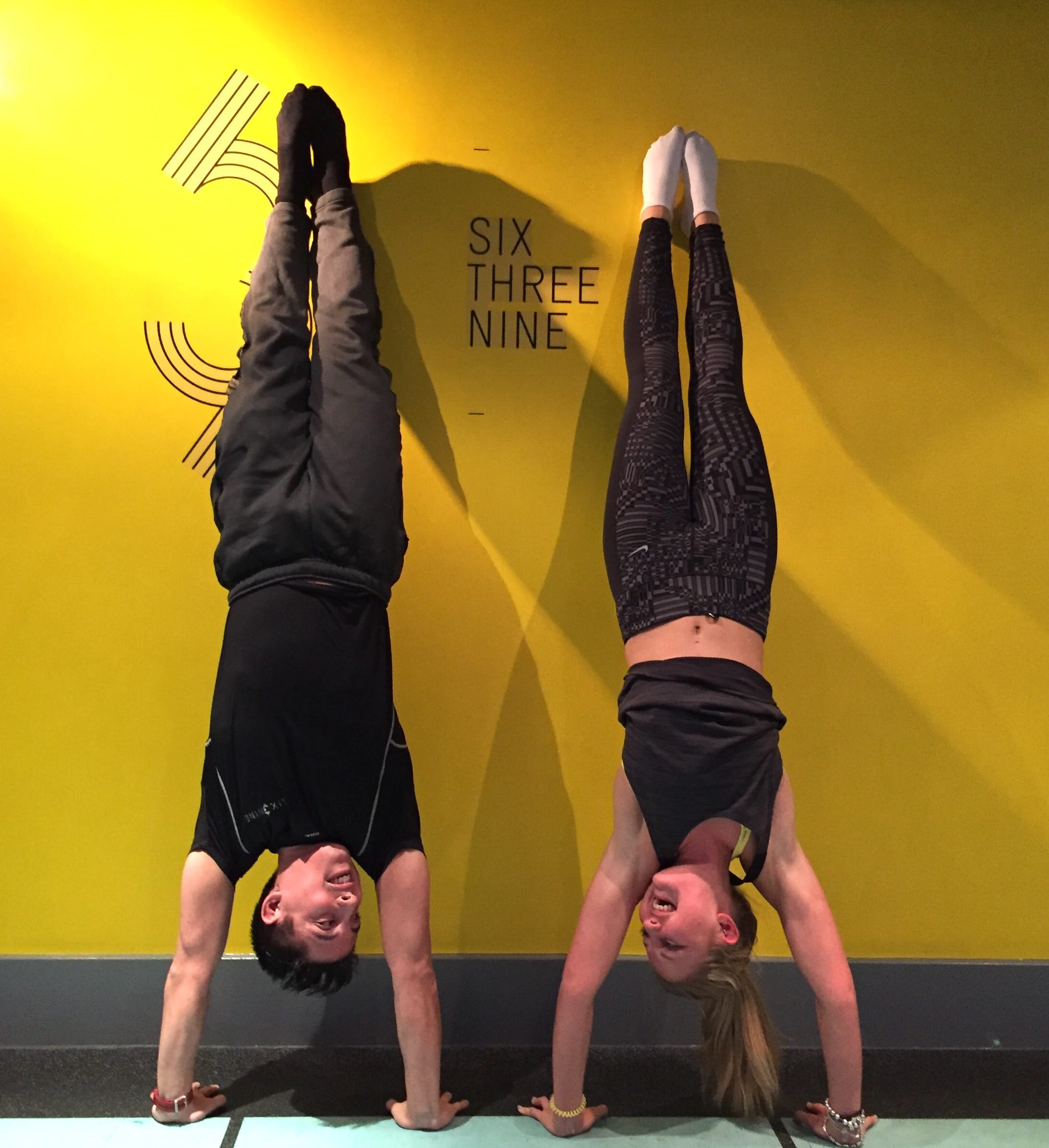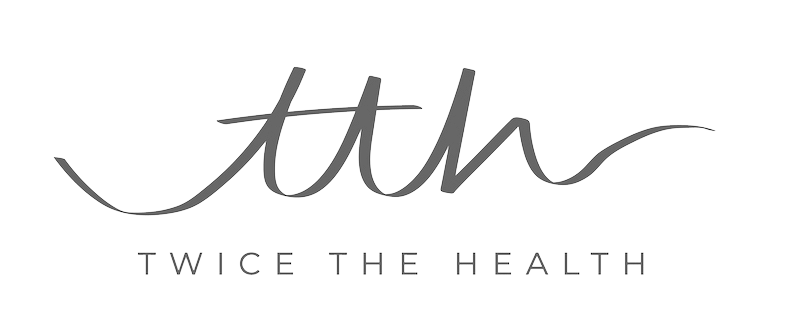We’re all crunch culprits. You don’t know it, but you are! I am not talking about the exercise commonly carried out to encourage abdominal muscle. If only! The crunch I am referring to encourages abdominal pouch.
The problem is the very thing you are looking at right now. The down-side to cosy desk jobs and an addiction to computer screens is what they do to our posture. We spend our lives hunched over the latest Huffington post or endlessly scrolling through pages and pages of social media without giving any regard to how we sit and how that affects us. In all honesty, I’m slouching right now and I’d go as far as to guess that you are too!
So as part of my Six3Nine experience I’ll be working on trying to improve this by paying more attention to my hunch in amongst my handstands. Luckily for me, I’m in the expert hands of ‘Coach Dom’ who works to incorporate every element of my challenge into the exercises he gets me to perform. Many of the moves prescribed will not only strengthen the muscles required to turn upside down, they will also help to develop a core strength that will keep me upright even on my feet!
So this week I’m handing over to Dom to share the secrets behind the science and the madness behind the method…
At Six3nine we use postural and movement assessments to identify the individual client’s biggest window of opportunity for improvement. Clients are then walked through the results of this assessment and shown exactly how they impact on tailoring a programme towards their goals. In this instance the goal is to elicit improvements in posture, strength, flexibility and skill. It is important to bear in mind, that the time frame that is being worked towards is relatively short to make any drastic physiological changes. Neurological adaptations and motor pattern foundations will be laid in this period which can be continued to be built on as Hannah continues her fitness journey.
The postural assessment assists in the identification of potential muscle imbalances (overactive and under-active muscles). The posterior chain was an area identified for improvement. Highlighted by Hannah’s shoulders being slightly protracted forward and anterior pelvic tilt would mean that the choice of exercise would be ones that would put Hannah in retraction and extension (the opposite position) which she may not be used to being in and strengthening the posterior muscles accordingly.
Postural imbalances such as the ones highlighted are common place with modern lifestyle’s cognitively focused world. These imbalances are then projected into movement patterns and the resulting movement dysfunctions can impair progress and occasionally result in discomfort and injury. Correcting such imbalances comes as a combination of; prescribing specific exercises, correcting form on current exercises and time.
Reducing anterior pelvic tilt will in turn increase the efficiency of the lower rectus abdominis muscles, aiding the thoracic region of the spine to reduce rib flaring, this allows the shoulders to retract more naturally and for the whole skeleton to ‘stack’ itself in a more energy efficient way. This efficient stacking will reduce excessive activation through certain muscles and help restore a ‘balance’ to the body. The reduction in stress that is caused by this gradual ‘realignment’ process allows for all sorts of improvements in gym performance. Improvements in performance then lead most logically and naturally to improvements in strength, flexibility and skill.
Strength is another goal which Hannah wishes to achieve. The overhead squat assessment was utilised for this very reason. As a compound movement, the squat provides a starting point which can be used to monitor progression through the strength programme. Whilst, the time period is relatively short we can “grease the groove” in the main compound lifts such as squats and deadlifts which can then be progressed in achieving medium and long term goals.
Now, I know what you’re thinking… can we please have a translation into English?! Like I said, Dom is an expert but he’s happy to simplify his knowledge for anyone to comprehend and use. It is all information we should be aware of when it comes to training our bodies for purpose. The team at Six3Nine ran me by a complete full body assessment before both walking and talking me through the six week plan based on the data they gathered.
I was ‘classic blogger’. I suffered from having shoulders slightly protracted forward and an anterior pelvic tilt. This is probably caused by my constant phone screen stare and my habit oflugging my life around in my rucksack. In all honestly I was aware of my terrible posture. My mother reminds me of it day in, day out (sound familiar?). The pain in my lower back andsubsequent lack of flexibility was also a good indication that I needed to resolve these postural imbalances if I were to progress with my training in a healthy and safe manner. CueSix3Nine!
Training over the last couple of weeks has been good. It has left me feeling better overall with the exception of the suffering in my abs! Due to my protracted pose I was allowing the lower abdominals to become lazy and inefficient. This led to a strain on my lower back because I used it to stabilise all activity both in my exercising and day to day living. As a result of this my hip flexors were tight and, despite my body’s best efforts to support my hunchback, it left me a little sore. Reducing my anterior pelvic tilt should help me strengthen these muscles and, theoretically(!), improve my aesthetic appearance!
It is all about taking a step back from the depiction of the perfect form often presented by social media and actually listening to our bodies for a change. They may just be trying to tell us something useful. I’m a firm believer that the fitness community created by bloggers stands for positive improvements. But, as with anything, it’s all about balance. Better posture helps better balance, physically and mentally!
TTH x



